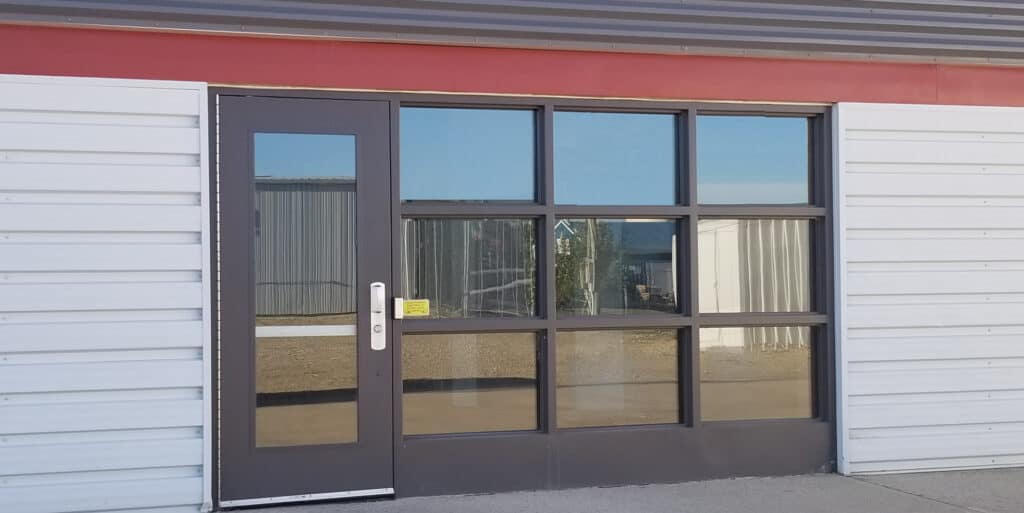Tilt and turn windows provide a unique and practical dimension to contemporary homes. They work well in conservatories and other similar rooms where the space to open windows is limited. While most windows open upwards, tilt and turn windows turn inwards for greater security, ventilation and ease of maintenance. The tilting feature is also regarded by some as a particularly attractive choice. They can be made from a variety of materials including aluminium, wood, PVC and GRP. Windows can also be adapted to lift or lower at different points giving a wide range of flexibility for different uses.
Read more about Tilt and Turn Windows here https://glawindows.com/tilt-turn-windows/
The benefits of a tilt and turn window are many. Firstly, they are useful in conservatories and living rooms as they increase the amount of light and air that can enter a room. Tilt and turn windows allow you to open them completely, or just part way, to allow natural light to enter the room. Secondly, they can also be fitted with a sash and this sash can be opened to allow light to enter. Finally, they are a great way to gain access to a second floor balcony or deck and they do not detract from the look of your home.
In order to benefit from the benefits of a tilting and turning window, you must ensure that the window frame is strong enough to withstand the forces required to keep the sash and the casement window in position. The sash and casement window is usually mounted on a solid angle bar which provides both stability and an angle for the tilt movement. This mechanism will allow you to adjust the window to a position that best suits your requirements. Bearings and pawls are often used to provide a degree of tilting force.

There are many different kinds of tilting and turning windows available and each one has its advantages and disadvantages. Most tilting and turning windows have a removable sash and the frame is fixed into the ground. Windows that are made from wood or aluminium have a removable frame and are held in place by metal brackets on each side. These are more secure and stable than plastic windows. Windows that are most popular are tilting and turning windows that are made from wood, but these too, have their disadvantages.
Wood tilt and turn windows require a lot of care and maintenance and if they become damaged then you can expect them to be non-operational within a couple of years. If you wish to keep the sash closed whilst it is on the open angle, then you need to apply and remove a small amount of timber on a regular basis. This is normally done on a monthly basis. They also tend to be more expensive than other windows as they require more maintenance, and it is also possible to paint them to make them look like wood.
Tilt-and-turn windows are usually manufactured from oak, maple or pine. The sashes on these types of windows have a wooden handle on one side and a plastic crank on the other side which enables the sash to move up and down. Because the windows tilt out, there is a gap between the sash and the crank, and this is where the wood, or wood-stain, begins to deteriorate. If the wood becomes too much of a problem then it may be best to replace the sashes altogether.
Some tilt and turn windows have two panes of glass. The panes separated by a small gap and this allows the light to enter the room while at the same time blocking out the heat from the windowsill. The advantage of the glass panes is that there is no requirement for the windows to be kept shut, which means that the room can receive light even if the windows are closed, although it does mean that the air conditioning costs will increase. However, some people find that they like the dividers more because they can view the scenery outside during the day and the sun at night through the glass panes.
If you are interested in finding the right tilt and turn windows then it is important to find a reputable company with a reputation for producing premium quality glazing. It is a good idea to find an experienced technician who can install the glazing. Once installed, the technician will provide you with a warranty, which will cover the frames for a certain period of time. Make sure that you ask the technician for advice on whether or not to install tinted windows as well, as they are available for use with this type of frame. A qualified technician will be able to advise you on the specifications of your particular frame, and also on the materials that are available to you, the cost of glazing and any other factors which need to be considered before making a purchase.
